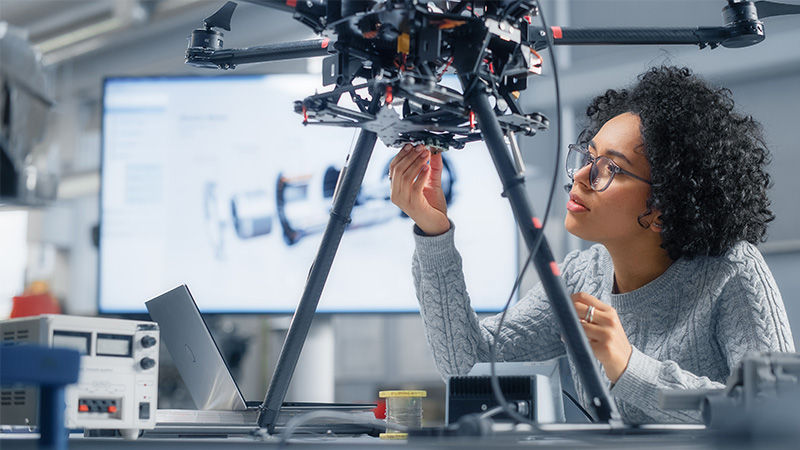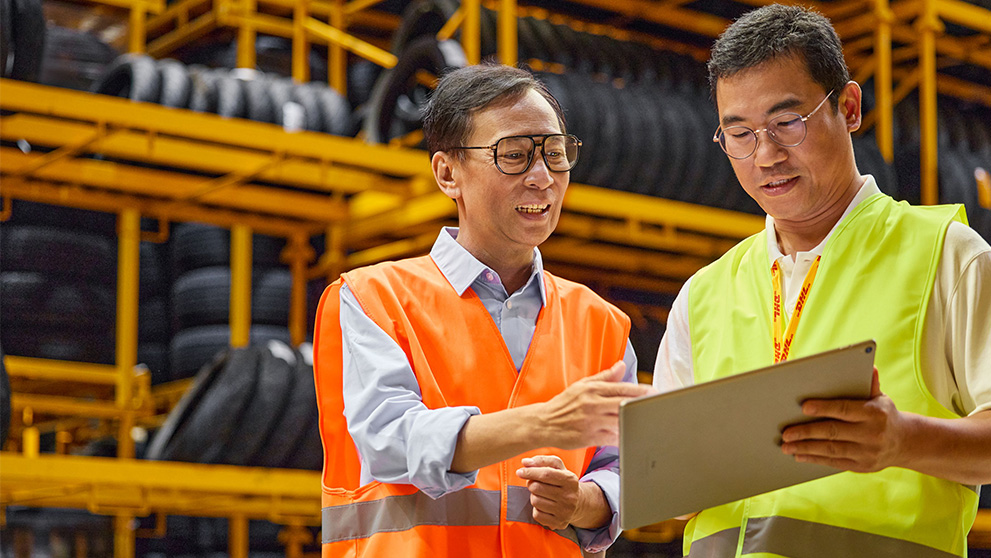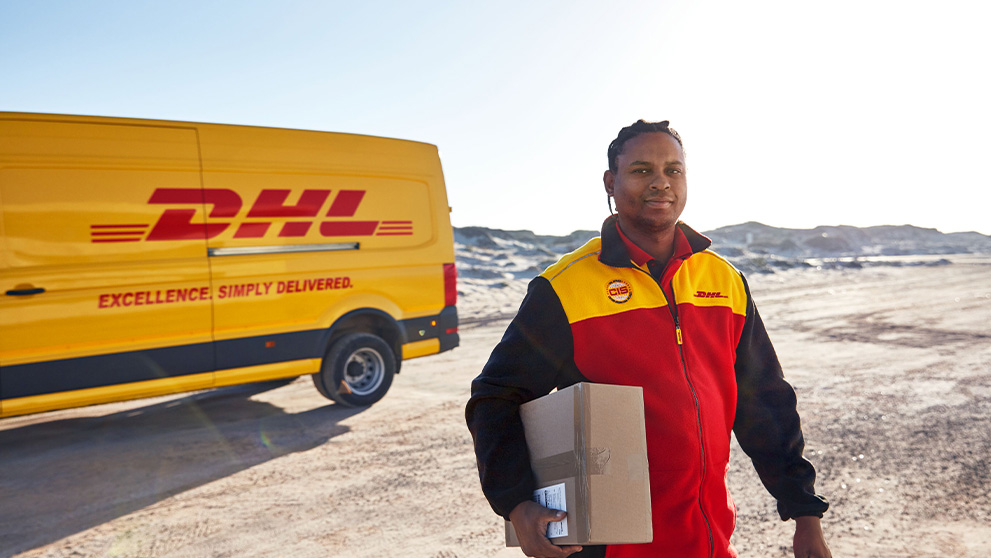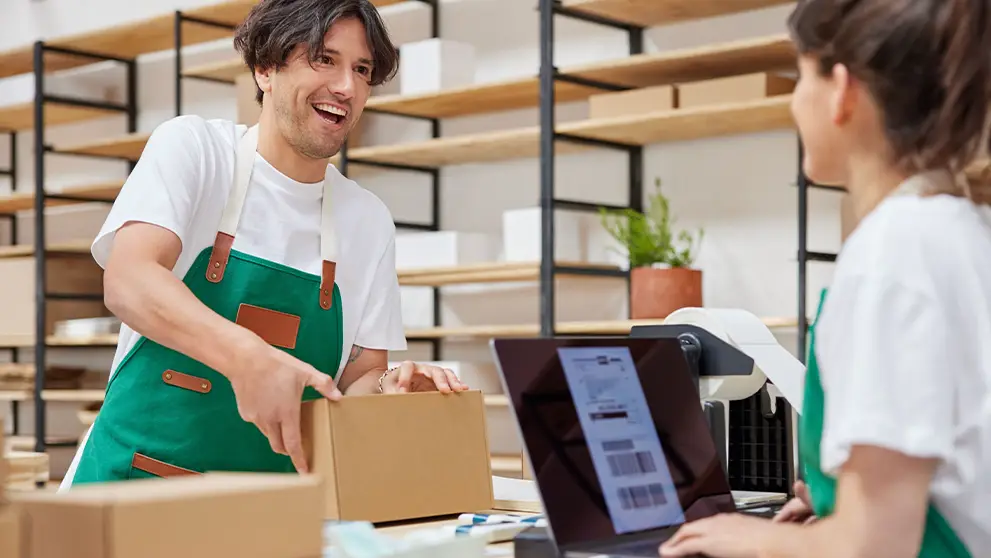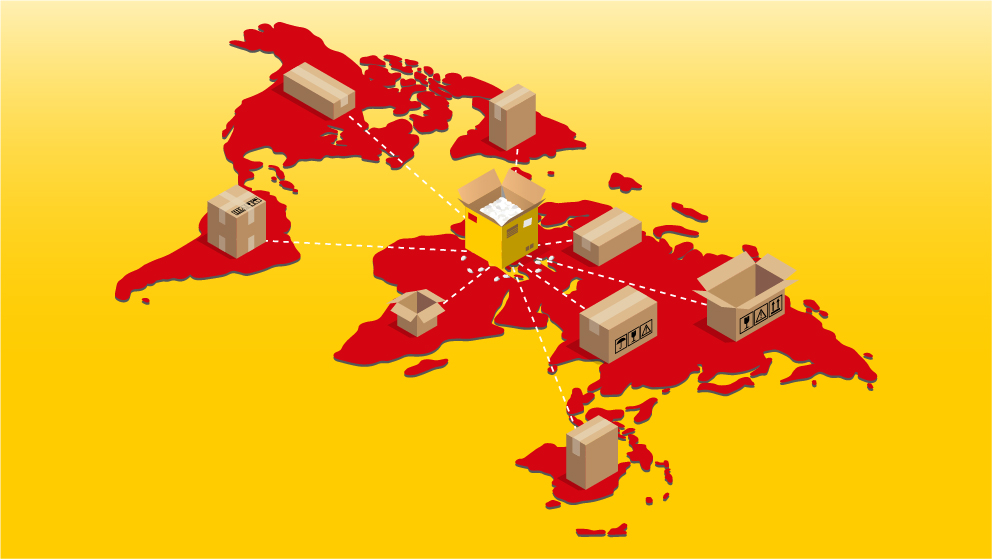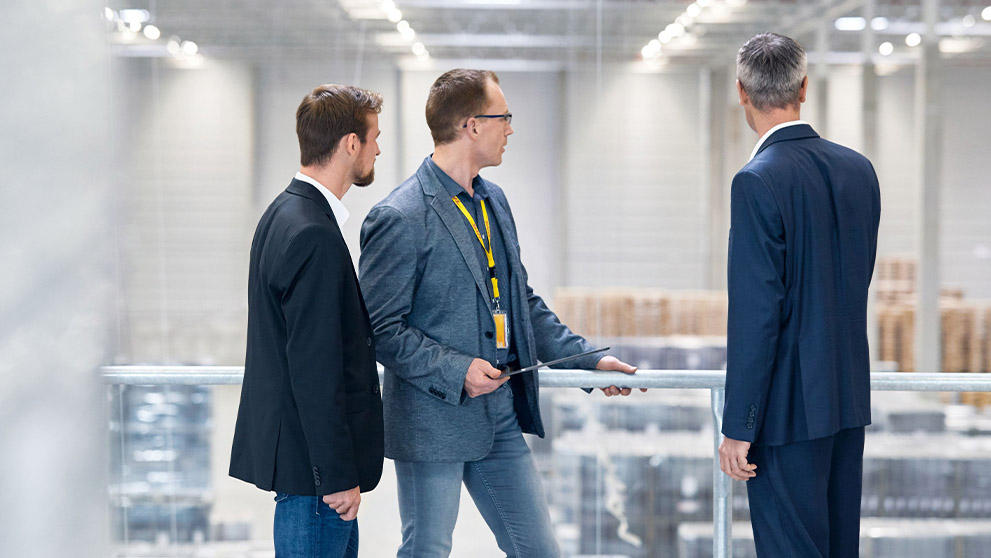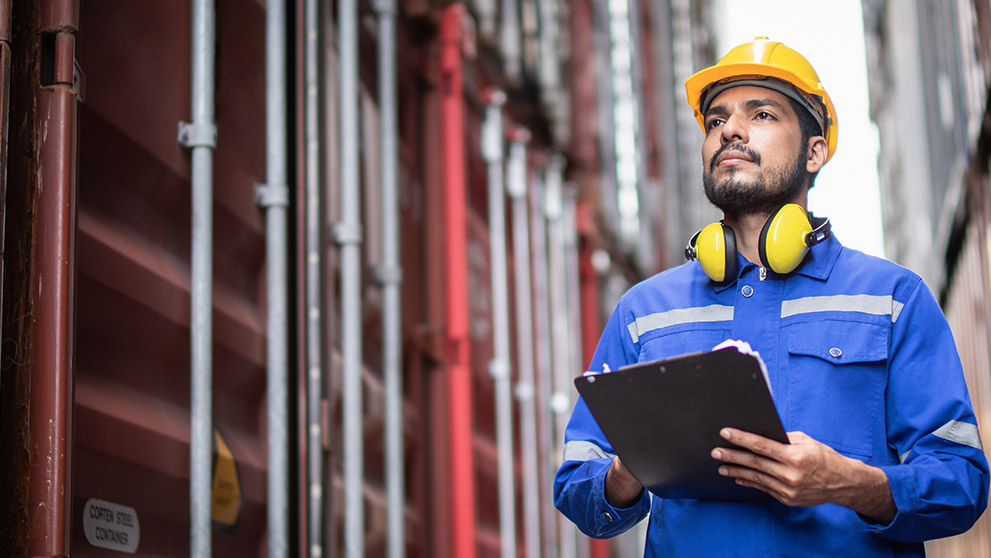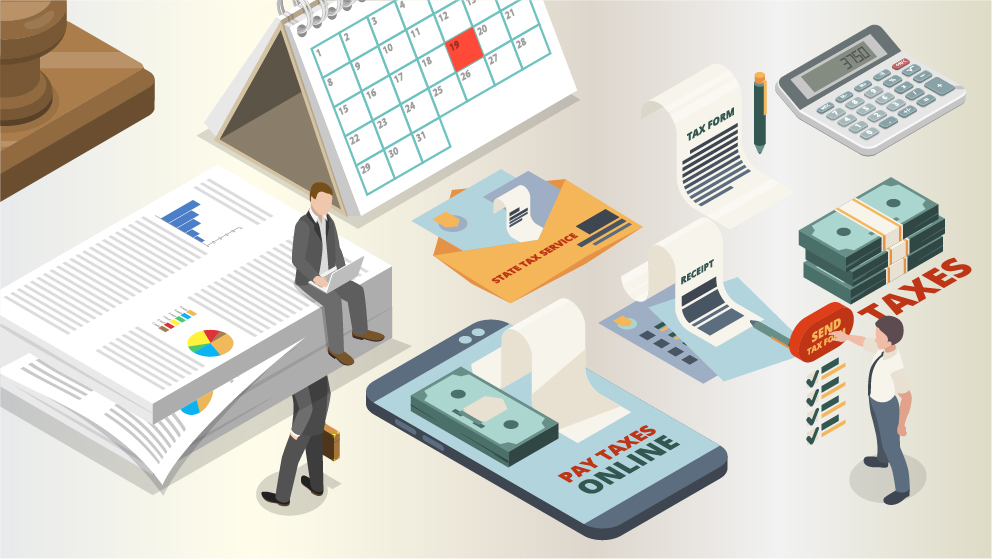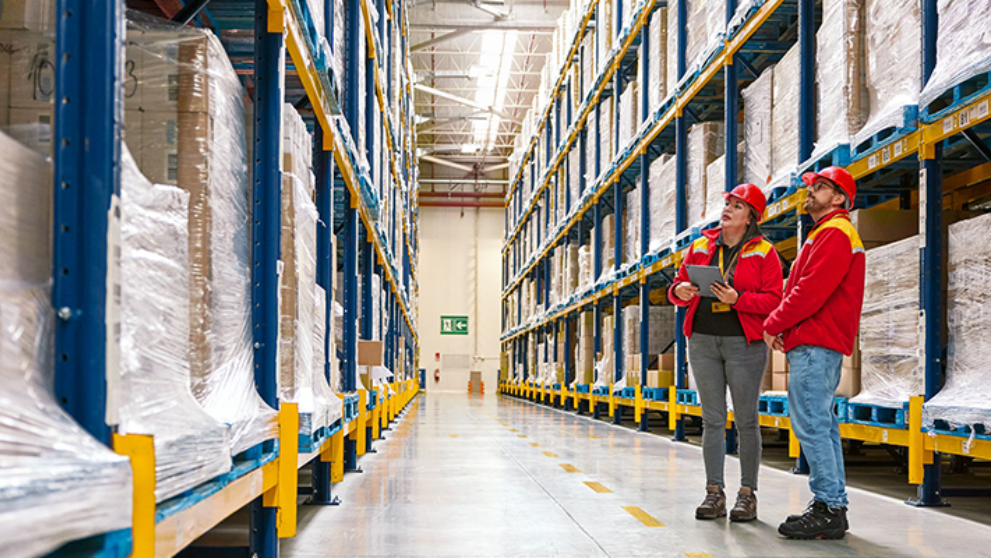Logistics can make or break a startup in today's fast-paced business landscape. Efficient supply chain management is essential for reducing costs, meeting customer expectations, and staying competitive. However, many small businesses struggle with limited resources, fluctuating demand, and logistical inefficiencies.
Why startups need tech-driven logistics solutions
This is where technology transforms logistics — offering solutions that enhance procurement, inventory management, distribution, warehousing, and transportation. From AI-driven demand forecasting to autonomous delivery vehicles, startups now have access to smart, scalable tools that streamline operations and eliminate inefficiencies.
By integrating automation, AI, and digital logistics platforms, startups can optimise their supply chains, improve last-mile delivery, and gain better visibility over their logistics networks.
Common logistics challenges faced by startups & small businesses
For startups and small businesses, logistics is often one of the biggest hurdles to growth. Unlike large enterprises with established supply chains, dedicated fleets, and warehouse networks, startups operate with limited resources, unpredictable demand, and logistical inefficiencies that can slow down operations and increase costs. Here are some of the key logistics challenges startups face — and how technology is helping solve them.
1. Limited resources and high operational costs
Startups often struggle with tight budgets, limited warehousing space, and small distribution networks, making it difficult to scale efficiently. Traditional logistics models require significant investment in inventory, storage, and transportation, which can be financially draining for new businesses.
How tech innovations help:
AI-powered demand forecasting enables startups to optimise inventory management, reducing storage costs and minimising excess stock.
Cloud-based logistics platforms allow businesses to track shipments, manage inventory, and automate order fulfillment — without the need for expensive infrastructure.
On-demand warehousing provides flexible storage options, allowing businesses to scale as demand fluctuates.
2. Inefficient inventory management
Maintaining the right balance between supply and demand is a constant challenge. Overstocking ties up capital and increases storage costs, while understocking leads to missed sales and dissatisfied customers. Manual inventory tracking can result in costly errors and inefficiencies.
How tech innovations help:
Automated inventory management systems use AI to predict demand patterns, helping businesses stock the right amount of products.
RFID tracking and barcode scanning improve accuracy and efficiency, ensuring real-time stock updates.
Cloud-based ERP solutions sync inventory across multiple sales channels, preventing stockouts and overstocking.
3. Unpredictable demand and supply chain disruptions
Consumer preferences and global supply chain conditions are constantly shifting, making it difficult for startups to plan their logistics effectively. Delays from suppliers, port congestion, or sudden spikes in demand can cause fulfillment challenges.
How tech innovations help:
AI-driven analytics detect supply chain bottlenecks early, allowing businesses to proactively adjust their sourcing and fulfillment strategies.
Real-time tracking and predictive analytics provide greater visibility, helping businesses mitigate risks before they impact customers.
Blockchain-powered supply chain solutions enhance transparency and security in supplier relationships.
4. Slow and costly last-mile delivery
Last-mile delivery — the final step in getting products to customers — is one of the biggest cost drivers in logistics, accounting for up to 53% of total shipping costs. Delays, inefficient route planning, and reliance on third-party couriers can hurt customer satisfaction.
How tech innovations help:
AI-powered route optimisation reduces delivery times and fuel costs by selecting the most efficient routes in real-time.
Autonomous delivery vehicles and drones are being tested to further cut down last-mile delivery expenses.
Micro-fulfillment centers place inventory closer to customers, reducing delivery distances and emissions.
5. Poor visibility and lack of real-time data
Startups often struggle with fragmented logistics operations — outsourcing warehousing, shipping, and fulfillment to multiple providers without a centralised system to track everything. This results in delayed responses to issues, inaccurate ETAs, and customer dissatisfaction.
How tech innovations help:
AI-driven supply chain visibility tools provide real-time updates on shipment statuses, helping businesses anticipate and manage disruptions.
IoT-enabled tracking systems allow for end-to-end monitoring of goods, from warehouse to final delivery.
Automated customer communication platforms send live tracking updates, reducing uncertainty and improving customer experience.
Essential logistics tech strategies for startups
To overcome logistical challenges and stay competitive, startups need smart, scalable, and tech-driven solutions. Here are the key logistics technologies transforming the way startups operate.
AI-powered logistics optimisations
With ChatGPT and its competitors the hot topic of conversation in recent months, it’s only natural we start by exploring the transformational potential of the latest developments in AI.
In a recent study by McKinsey found AI had helped businesses improve their logistics costs by 5-20%, inventory levels by 30%, and reduce procurement spend of up to 15% 1. And with the technology evolving so quickly, those numbers will likely increase with time.
The ways in which AI can help SMEs optimise their logistics operations is vast — from demand forecasting to final-mile delivery. Let’s take a look at a few examples:
Analytics
Big data plays a crucial role in helping businesses optimise their logistics. One example includes dynamic pricing. Here, smart software driven by AI and machine learning enables businesses to create pricing policies based on competitors and sales data. It can then automatically adjust their products’ pricing depending on market demands. AI allows this to happen in minutes, rather than every quarter, helping businesses increase their revenue.
Analytics can also help businesses identify weak spots within their supply chains — such as underperforming employees or machinery.
Automated warehousing
A report by supply chain organisation MHI2 forecast that by 2026, the adoption of AI-powered warehouse solutions by businesses will increase 60% over 2020. Examples include indoor mobile robots to more accurately pick and pack products; computer vision technology to identify damaged goods; and inventory management software which can predict future demand to reduce the risks of under- or overstocking. All of which means increased productivity, speed, and quality control.
Customer service
The potential for AI to transform customer service features is particularly exciting. Let’s take chatbots, for example. Thanks to AI, chatbots on your e-commerce website can now understand your customers better, and respond more accurately — even to complex queries.
They can offer personalised recommendations to customers based on their previous browsing history, and will tap into machine learning algorithms to continuously improve their accuracy in understanding customer intent. These chatbots can support your customers across the world, in different time zones, 24/7.
Furthermore, data collected from these customer interactions can help you improve the customer experience, increase engagement rates, and better understand their likes and dislikes.
Supply chain visibility
Managing supply chain processes can be time-consuming for startup businesses (whether online or off). But with AI, they have better end-to-end visibility across tasks. The technology can sync up all data touchpoints along the supply chain to inform them instantly when there is an issue – such as a delayed shipment from a supplier or low stock levels. Knowing this information, in real-time, allows them to take steps quickly to reduce the impact to customers.
Green logistics & sustainable supply chain strategies
Sustainability is an increasingly important issue to consumers, so more and more businesses are considering how and where they can reduce their carbon emissions. Some of the green logistics solutions set to grow this year are:
Reverse logistics management
With 16% of all online orders being returned3, managing returns efficiently has become a key focus for businesses looking to reduce waste and improve sustainability. A well-structured reverse logistics system enables companies to recycle, repurpose, and repair returned products, preventing substantial amounts of waste from ending up in landfill.
Beyond environmental benefits, reverse logistics also supports a circular economy, allowing businesses to refurbish and resell returned items rather than discarding them. This approach not only minimises logistics emissions but also enhances brand reputation and customer loyalty by promoting sustainable practices.
Micro-fulfilment centres
Some larger e-commerce businesses are now investing in micro-fulfilment centres to reduce their delivery emissions. This strategy involves enlisting a network of smaller fulfilment centres located closer to customers. A report by Accenture4 estimated that micro-fulfilment centers will reduce last-mile carbon emissions by 17-26% through 2025.
Alternative fuel
Whilst electric vehicles will be on the radar of most eco-conscious businesses already, innovations in fossil fuel alternatives should be, too. Earlier this year, DHL Express launched GoGreen Plus, which helps businesses reduce the carbon emissions associated with their shipments through Sustainable Aviation Fuel. This biofuel is produced from renewable sources such as vegetable oils and animal fats. The initiative is helping enterprises of all sizes improve their sustainability credentials.
Last-mile delivery innovations
From drones to electric planes, this is an area of logistics that is constantly innovating to meet the number one priority of most e-commerce businesses: Getting products to customers quickly and on time. Some of the last-mile delivery trends to watch out for this year include:
Predictive analytics
On average, last-mile delivery accounts for 53% of the total shipping cost for e-commerce 5, making it a key focus for any start-up with a tight budget. But, businesses can leverage predictive analytics to reduce costs.
One example is route planning software. Driven by AI, this technology can map out the best delivery routes based on real-time traffic analysis and even weather conditions. It takes all the hassle out of planning multiple deliveries — the software will automatically calculate the optimal order of the deliveries to maximise time.
According to an article published by the Global Trade Magazine6, route planning software can reduce transportation costs by up to 20% – making it a necessity for your start-up to optimise delivery efficiency, cut operational expenses, and improve overall logistics performance.
Autonomous delivery vehicles
Self-driving cars – though largely still in the testing stage – have the potential to transform the delivery stage of e-commerce completely. Customers have come to expect On-Demand Delivery as standard. Add in autonomous vehicles, unrestricted by human labour hours, and 24/7 delivery could soon be a reality.
Tips for managing business supply chain & logistics
Managing your business’s supply chain effectively is crucial for reducing costs, speeding up deliveries, and keeping customers happy. Here are some must-know tips to optimise your logistics operations:
Streamline operations with automation – Implement automated inventory management, smart route planning, and data-driven forecasting to improve efficiency and reduce errors.
Track shipments in real-time – Use real-time tracking tools to monitor deliveries from start to finish, receive instant updates, and address potential delays quickly.
Optimise inventory management – Cloud-based inventory solutions help you maintain accurate stock levels, prevent overstocking or stockouts, and improve order fulfilment.
Choose the right logistics partners – Reliable logistics providers ensure smooth shipping, customs clearance, and on-time last-mile deliveries.
Prioritise sustainable logistics – Minimise environmental impact by optimising fulfilment locations, implementing efficient returns processes, and using greener transport options.
Strengthen supply chain resilience – Reduce risks by sourcing from multiple suppliers and having alternative shipping routes to handle unexpected disruptions.
- Use data to your advantage – Keep detailed supply chain records to track performance, spot trends, and make data-driven decisions that enhance efficiency.
Take your logistics to the next level with DHL
Managing logistics as a startup comes with its challenges, but the right partner can help you scale efficiently. DHL provides end-to-end tech-driven supply chain solutions, combining expertise and a global network to keep your operations running smoothly.
Feeling inspired? By partnering with DHL Express, your business will have access to some of the most advanced logistics solutions on the market.



